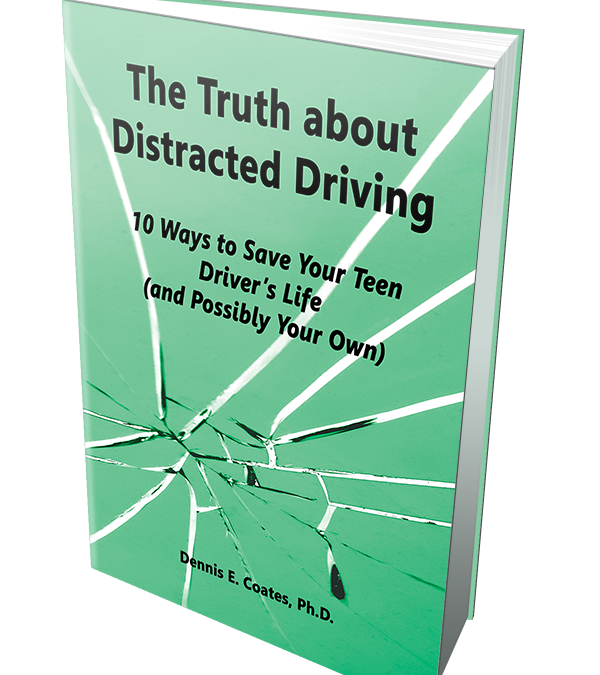60 years ago, I drove the family car through the heart of Stuttgart, Germany. No one else was in the car. I was a responsible kid, and I was doing my best to stay safe and arrive home without a mishap.
But like every young driver, I had a lot to learn. I was ignorant about a lot of things. And at the time, my judgment was governed almost as much by emotion as by critical thinking. Amazingly, I never had an accident.
But a lot of young people do. In 2020 the lives of over 500 teens ended due to crashes caused by distracted driving. These documented cases focused almost exclusively on accidents caused by texting and cell phone use while driving. The truth: while texting is a horrible distraction, it is only one of dozens of other distractions that can take a teen driver’s attention away from the road.
It’s the easiest thing in the world to imagine a teen driver being distracted. What’s hard to imagine is the ideal: a teen driver intensely focused on what’s going around them in traffic–all the way to their destination.
Driver education programs these days are outstanding, and many of them focus on distracted driving. One thing none of them do is to explain how distractions actually work–what happens in the human brain when a driver’s attention is drawn away from the road ahead. I’m positive that no teenager has ever had this explained to them in plain English. As a result, they might discount the danger and not realize how many of their actions shift their attention–putting their life at risk.
This is why I wrote my latest book: The Truth about Distracted Driving: 10 Ways to Save Your Teen Driver’s Life (and Possibly Your Own). No teen would ever buy this book. So I’m making parents aware of it. I trust that a parent would first read all 39 pages, and before handing over the car keys, insist that their child read it, too.
And then have some friendly chats about the sections deemed most concerning, especially pages 3-8, which explain clearly how attention works in the brain and what happens when attention is distracted.

